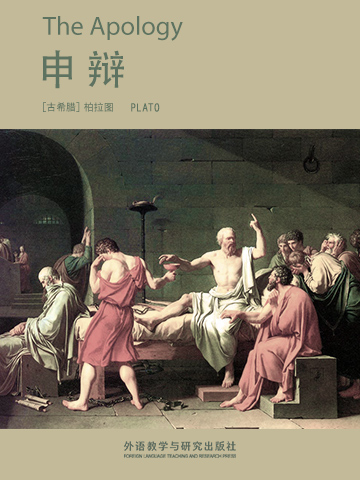殉道者苏格拉底最后的申辩,看古代哲人如何被民主迫害。
The general term apology, in context to literature, defends a world from attack (opposite of satire-which attacks the world). The Apology, which depicts the death of Socrates, is among the four Plato dialogues to detail the philosopher's final days, along with Euthyphro, Phaedo, and Crito.
柏拉图是苏格拉底的学生,而柏拉图记载的苏格拉底对话录成为后人研究他们思想的主要来源,但许多内容其实记载的是柏拉图自己的看法,而不是苏格拉底的原意。苏格拉底进行申辩时的言辞就是柏拉图《申辩篇》的前身。本篇是苏格拉底的辩护演说,苏格拉底之死和耶稣之死为西方文明打下了两个基本色调,苏格拉底之死是西方哲学史上的核心事件,研究《申辩》中的苏格拉底早已化作一种思想符号。
研究柏拉图的《申辩》,除了是一门古典学问,苏格拉底问题还具有更普世的思想意义。《申辩》中的苏格拉底和《福音书》中的耶稣一样,早已化作一种思想符号。虽然这个思想符号有着很独特的故事性。我们的目的并不是恢复历史上的苏格拉底,而是尝试理解这个思想符号中的哲学内涵。正如西方人自觉地用古典思想来理解现实处境,我们也可以借助西儒的经典思考,逐渐回归中国自身的问题。
The Apology is Plato's version of the speech given by Socrates as he defended himself in 399 BC against the charges of "corrupting the young, and by not believing in the gods in whom the city believes, but in other daimonia that are novel". "Apology" here has its earlier meaning (now usually expressed by the word "apologia") of speaking in defense of a cause or of one's beliefs or actions).
- INTRODUCTION.
- APOLOGY
















 京公网安备 11010802032529号
京公网安备 11010802032529号
笔记加载中...